Creating a comprehensive resume is a crucial step in one’s job-hunting process.
After all, this serves as your first opportunity to make a strong impression on potential employers by showcasing your skills, experience and qualifications.
In this guide, we’ll walk you through how to make a resume that’s comprehensive and would increase your chances of getting hired.
We’ll also provide templates and examples to give you a clear idea of how to put together a resume and tailor it to specific job opportunities.
What Makes a Comprehensive Resume?
A comprehensive resume provides a complete picture of your professional background, emphasizing both your skills and accomplishments.
It goes beyond listing job duties, focusing instead on quantifiable achievements and how you can add value to a potential employer.
Key elements of a comprehensive resume include a clear structure, tailored content and sections that highlight your experience, skills, education and even certifications.
Now that we’ve covered what makes a resume comprehensive, let’s dive into the steps for how to make a resume that recruiters and employers will actually want to read.
How To Make a Resume That Stands Out: 9 Steps
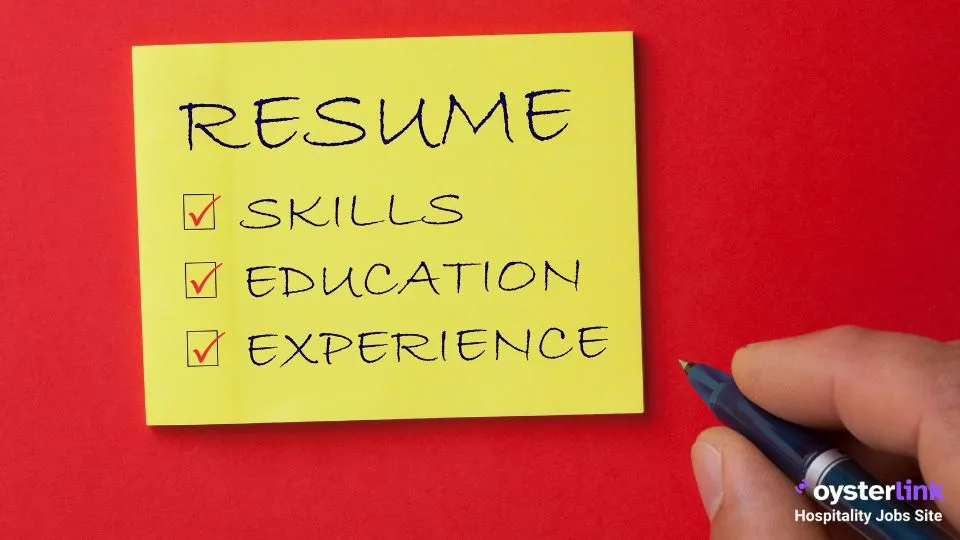
Below are the following steps you can take to write a comprehensive resume.
1. Choose the right resume format
There are three commonly used resume formats that serve different career situations:
- Chronological resume: Lists work history in reverse order (starting with your current or latest job); ideal for showing career progression
- Functional resume: Emphasizes skills over work history; perfect for those switching career paths or have significant employment gaps
- Combination resume: Highlights both skills and experience; suited for those with more extensive professional experience
Select the format that best highlights your strengths and matches your career goals. Consider your industry requirements and the position you seek when making this choice.
See also: CV vs. Resume: Key Differences Explained
2. Include your contact information
The start of your resume should feature important contact information: full name, phone number, professional email address and location.
Keep in mind that your name should be highly visible at the very top of your resume. This means formatting it in a larger or thicker font than the rest of the document.
You can also add a link to your online portfolio or LinkedIn profile if these are relevant to your field.
3. Write a professional summary or objective
Your professional summary or objective serves as the gateway to your resume and demands careful crafting to capture the recruiter or employer’s attention within seconds.
The choice between a resume summary and an objective depends on your career stage.
A summary works best for experienced professionals, focusing on proven achievements and expertise.
Alternatively, recent graduates benefit from an objective statement that outlines career goals and potential value to employers.
Either way, the content here should match what the job needs. So, read the job description carefully and use similar key terms and priorities.
Stay authentic while showing how your experience and/or objective fits the role's requirements.
4. Detail your work experience
The work experience section forms the backbone of your resume, essentially showcasing your professional journey and accomplishments.
Write your work history in reverse chronological order, starting with your current position.
For each item, indicate the company name, job title and employment dates. Then, briefly mention the key duties and responsibilities you performed in that role.
Lastly, list around two to four accomplishments. Numbers provide concrete evidence of your impact, so put specific contributions and measurable results that demonstrate your value.
If you have gaps in employment, you can use this section to highlight transferable skills from freelance work, side hustles or relevant projects.
5. Create a skills section
Your skills section should showcase the abilities that make you a strong candidate for the job. Include a balanced mix of:
- Technical or hard skills: Industry-specific abilities such as proficiency in POS systems, menu planning or inventory management
- Soft skills: Transferable skills like communication, leadership, and problem-solving.
Tailor this section by aligning your skills with those mentioned in the job description. Also, make sure those skills can be substantiated through your work history.
6. Add education and certifications
Educational credentials form a crucial component of your resume, primarily serving to validate your qualifications and expertise.
A well-structured education section strengthens your candidacy and demonstrates your commitment to professional growth.
This section should include:
- Degrees and diplomas: List your highest level of education first, followed by other degrees. Include the school name, location, degree type and (optional) graduation year.
- Certifications: Include relevant certifications, professional development courses or workshops, such as Google Analytics Certification and bartending licenses.
Even if your degree isn’t directly related to the job, showcasing a commitment to learning can make you a more attractive candidate.
7. Consider including optional sections
If you speak any other language, you can include a brief section that highlights that, along with your level of fluency.
Volunteer work can also be valuable on your resume, especially if it showcases leadership, teamwork or industry-related skills.
Alternatively, if you’re a student without any previous work experience, you can cite extracurricular activities that demonstrate leadership, teamwork or industry-related experience.
Examples might be:
- Volunteering at food festivals or charity events
- Organizing community fundraisers or networking events
- Leadership roles in professional or student organizations
These experiences can be particularly useful if you’re new to the workforce or making a career shift. They show initiative and a passion for your field.
8. Polish your final draft
Once you've written your resume, the final step is to proofread and edit it to ensure it’s polished, professional and free of errors.
After all, even a small mistake can create a negative impression on hiring managers.
Carefully check your resume for any typos, grammatical mistakes or awkward phrasing.
You can use spell-check tools like Grammarly or the built-in spell-checkers on Google Docs and MS Word that can help catch basic mistakes.
Also, ensure that your resume is consistent in style and formatting for optimal readability.
Double-check the following elements:
- Font and size: Use a clean, readable font (e.g., Arial, Calibri, or Times New Roman) in a size between 10-12 pt.
- Bullet points and spacing: Make sure your bullet points are formatted uniformly and that spacing is consistent throughout the document.
- Tense usage: Use past tense for previous jobs (e.g., “Managed a team of five”) and present tense for current roles (e.g., “Manages a team of five”).
- Alignment: Headings, job titles and dates should be aligned properly for a polished look.
9. Save and submit in the right format
Once you’re happy with the final version, save your resume either as a PDF or Word document. PDF is typically the preferred file type as it preserves formatting across different devices.
However, some applicant tracking systems (ATS) prefer Word files, so check the job posting if there are any specific format requests.
Of course, make sure you properly name your resume file to make it easily identifiable, using this file title format:
“FirstName_LastName_Resume.pdf” or “FirstName_LastName_Resume.docx.” This naming convention helps recruiters locate your application quickly.
Comprehensive Resume Template
Below is a comprehensive resume template you can use as a guide to format your own.
Just copy it, fill in your details and tailor it to match the job you're applying for.
Final Tips for Writing a Comprehensive Resume
Follow these tips to ensure your resume is polished, professional and tailored to the job you want.
- Customize your resume: Keep multiple versions for different roles. Corporate applicants may highlight management vs. technical skills, while a Bartender moving up can showcase mixology and leadership to better match employer needs.
- Get professional feedback: Ask industry experts or career counselors for input. Professional associations can help too — for example, a Chef might get valuable resume tips from culinary organizations for high-end restaurant roles.
- Use strong action verbs: Start achievements with active, impactful verbs instead of passive phrasing.
- Optimize for ATS: Use a clean, simple layout without tables, graphics or unusual fonts so applicant tracking systems can read your resume correctly.
- Add industry keywords: Pull common skills and titles from job postings and place them naturally in your summary, skills and work experience sections.
- Avoid common mistakes: Check for inconsistent formatting, missing contact info, vague results and grammar errors. Have someone else proofread.
- Remove irrelevant details: Keep only role-relevant information. For example, a Line Cook should emphasize culinary skills, not unrelated hobbies.
See also: CV vs Resume: Key Differences & When to Use Each
Conclusion
Knowing how to make a resume all comes down to close attention to detail and strategic presentation of your professional journey.
Your resume serves as your first impression on potential employers, so making an impact is your top priority.
You should tailor your document to specific roles and check it carefully before submission. It also helps to keep your resume current with recent achievements and certifications that show your dedication to professional growth.
Present your authentic professional self through measurable achievements and relevant experience.
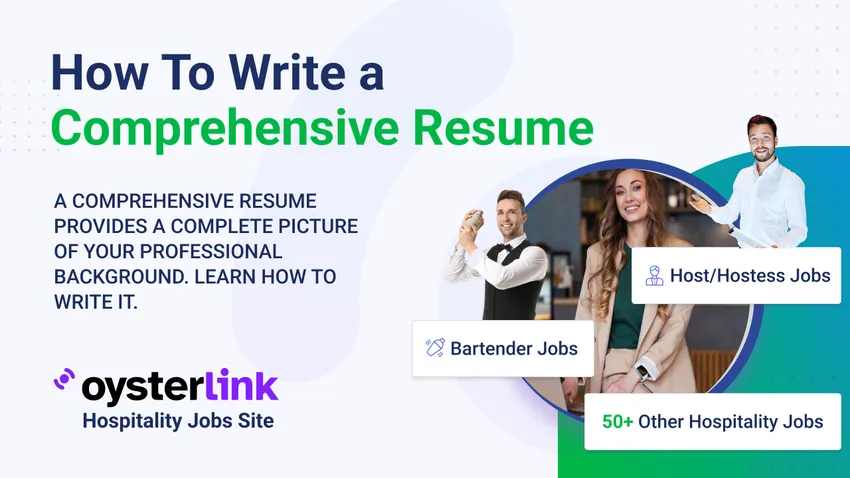




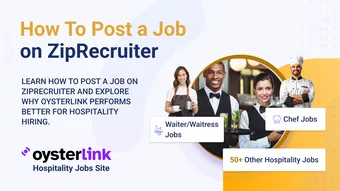

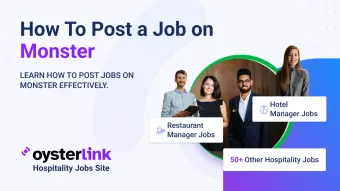
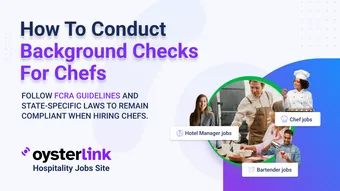


Loading comments...